The Gatekeepers
Momoko Ogihara was at the head of MURUA up until 2016 when she launched her own brand, UN3D.
Standing for “UN STANDARD UN SIMPLE UN SIMILAR“, the brand is actually the messy Japanese love child of old [Phoebe Philo] Céline and Stella McCartney.

Hazardous fabric mismatches, audacious shapes, the brand embraces frontally the pretty-ugly fashion shtick, while nodding high-end Western fashion influences (esp through the consistent use of White models in the collections lookbooks). On that aspect, the brand strategy is pretty reminiscent of Zara‘s with which it shares the same commercial ambition : emulating the latest high-fashion trends with mildly affordable/medium-level prices.
When it comes to menswear, business shadinesss got the best of this corner of the street fashion scene.
Takeshi Osumi’s brand PHENOMENON went into bankruptcy despite promising debuts (his first collection got noticed by international buyers) but fell off the fault of persistent tendency of dwelling in a pretentious over-the-top experimental bizarre streetwear shtick – a self-destructing tendency that is wreaking havoc too much of street menswear businesses.
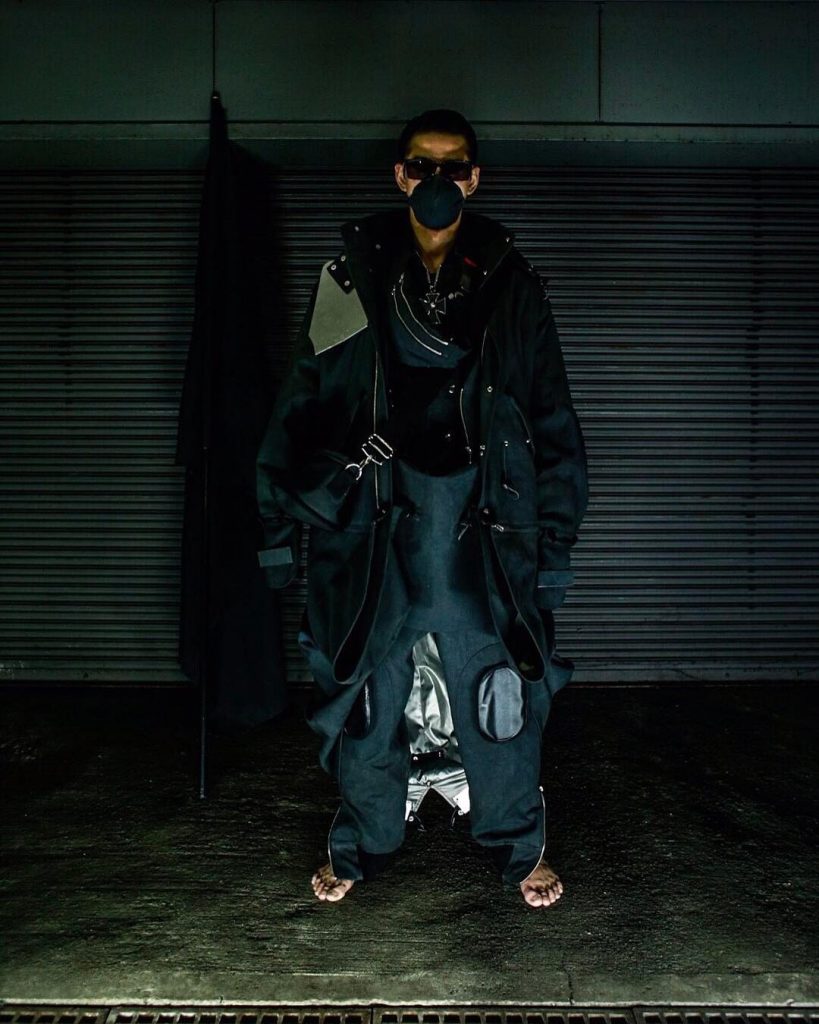
Interesting combo between timeless bland minimalism and residual punk elements, IKUMI is an eponymous brand created by haafu [NA : mixed] model Ikumi Yamada in 2016. Ikumi initially started out as magazine model who got landed as a producer for ‘her’ brand i that she later on “graduated” from to become independent.
Providing unisex, black & white, casual looks, i initially appealed to me thanks to its effortless laid-back yet gracious silhouettes and fluffy gimmicks.
Despite claiming streetwear roots, IKUMI price range actually screams more high-end than ‘down the street’, which again leaves a bitter taste in my mouth considering almost all the collection production is made in China.
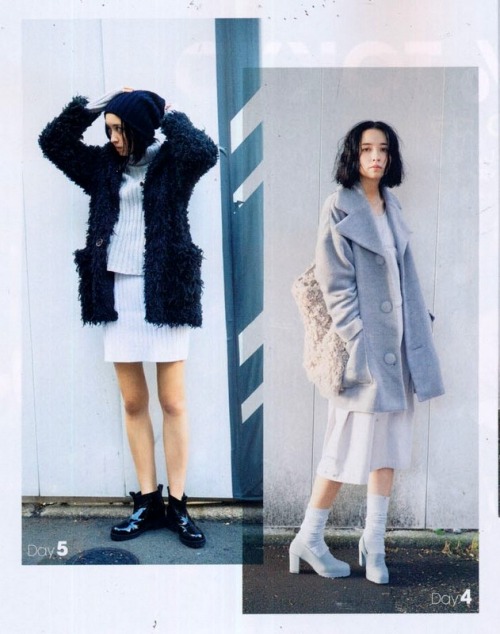
Along with a chaotic pricing ($100 made in China sweatshirt, $135 made in China straight outta H&M divided sales bin looking jersey dress) I’m a bit worried IKUMI might follow the same path as Osumi’s brand (basically spending huge amount in unnecessary- seasonal shows rather than catering for actual profitability).
Beside, not unlike PHENOMENON, IKUMI unfortunately fell into the same awkward try-hard mess-all-around trap too much Japanese street band get into on the long run (and that I documented here and there).
Why can’t Japanese streetwear brands seem able to ‘make it’ on the long run without becoming hot mess??
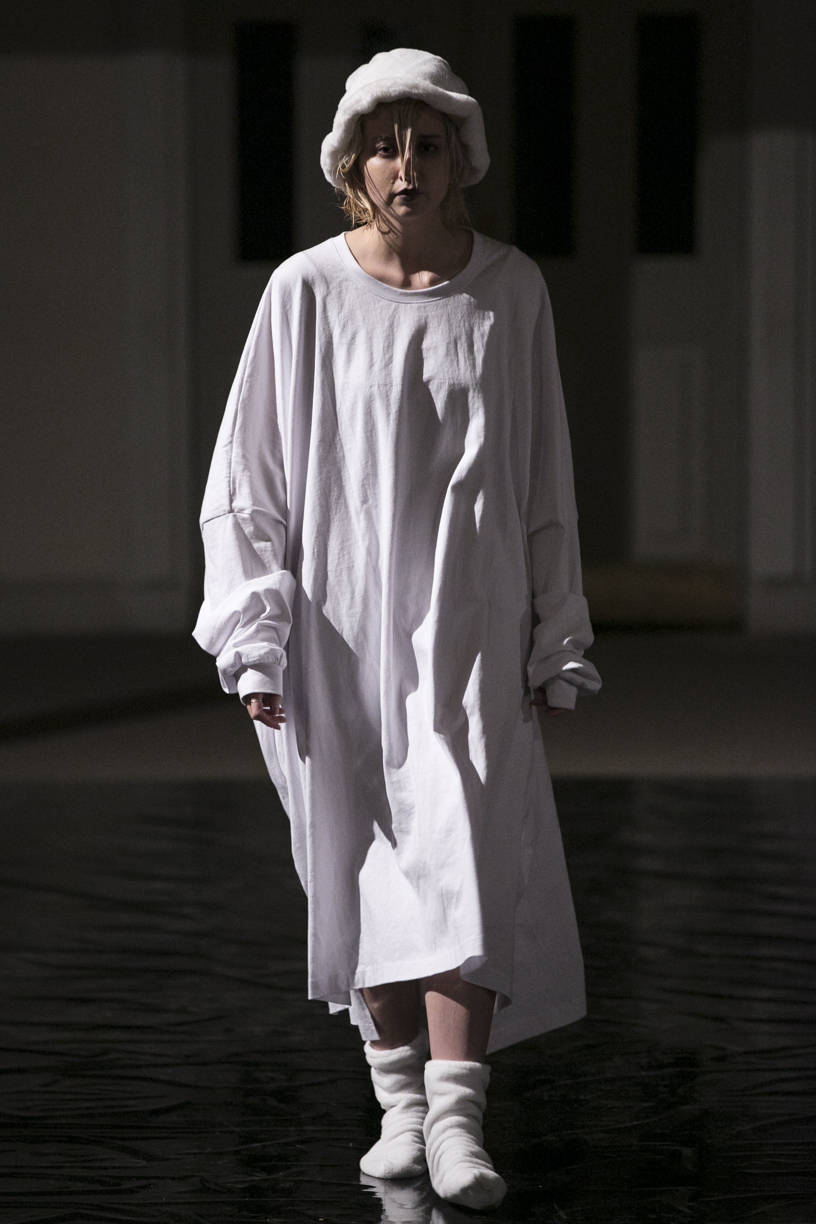
(yes, she’s the same person as the previous exhibit, just 6 years of meth use later)
Other menswear sweatshops brands or shops are just basically pulling out items at ridiculous prize solely based on the designers’ hype or by their scene community fellowship : John’s by Johnny and Jerry Pink (both designed by Johnny Hiramoto) SUB AGE, CANNABIS, etc.). The japanese male streetwear fashion is a big family where pretty much everyone knows and hangs out with each other so they tend to more or less cannibalize each other creatively. As an example, Johnny Hiramoto was designer alongside Osumi on PHENOMENON which influence is quite palpable in Johnny’s brands’ aesthetic. He’s Ikumi’s ex too.
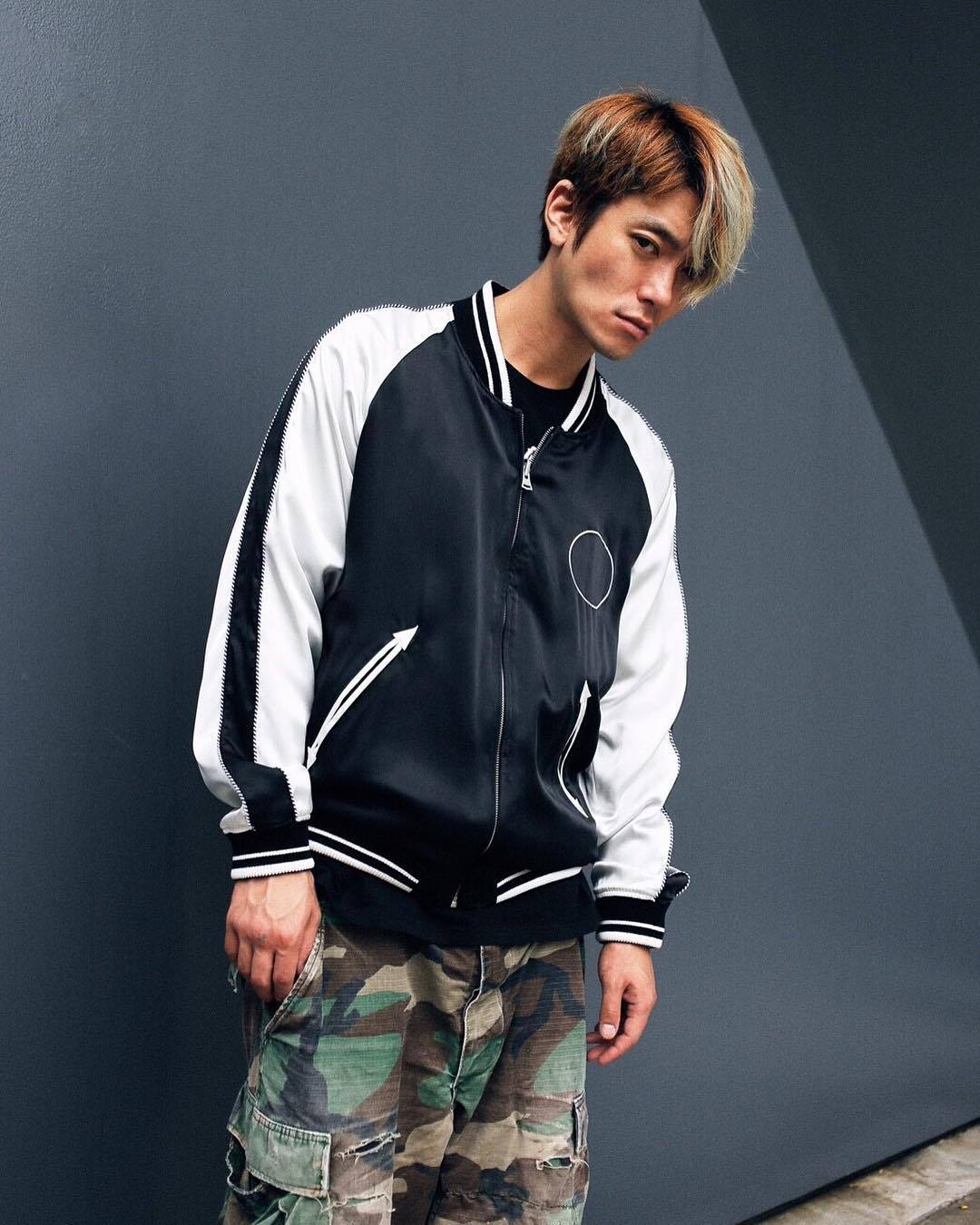
Japanese menswear street fashion for the most part hold their relevancy based on the personality cult of their (celebrity) designer more than anything, which inhibits creative emulation. Rather than actual talent, hype, celebrity or charisma are what make a brand relevant.
The Japanese male street fashion scene is actually really hard to catch up with because of the chaotic marketing strategy of those brands, which visibility on social medias is utterly limited if not nonexistent. It seems to somehow strive very locally and doesn’t seem remotely interested in aiming for international visibility.
This situation contrasts with the leap Japanese street menwear took 15 years ago, with the boom of the Japanese rap scene that got a breakthrough on the international scene through Nigo (Tomoaki Nagao) and his fashion ventures with Pharell Williams and his brand A Bathing Ape.
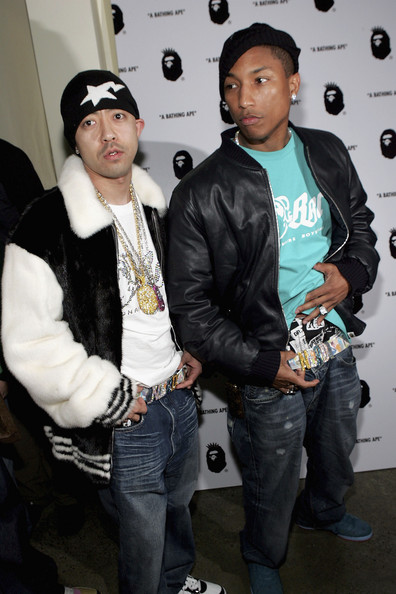
Osumi side venture MISTER GENTLEMAN (that he started before PHENOMENON closed down) has now become his main occupation. Ironically, MISTER GENTLEMAN is a casual, safe and mainstream menswear franchise that is pretty much keeping up with the overall back to conservative fallback of the whole fashion scene. This tendency seems to be shared as much for both women’s and men’s fashion.
So what’s left?
Is Japanese street fashion dead?
Not really. Thankfully, some noticeable changes are still happening and talents blossoming, for the good…and the worst.
The Inspirationals
A common trait shared by many brand producers aforementioned is that a bunch of them were models at some point of their career. Modeling for a magazine is, for a significant number of fashion enthusiast, a way to put a step inside the door of the fashion industry.
Amongst a batch of dreary living dolls / LARME kei squad flaunting a ridiculously huge following on social medias (thanks to the ludicrous usage of face tuning apps through which they achieved their ultimate living doll dream), stumbling upon actual endearing and authentic new Japanese models seemed nearly impossible at some point.
..and then I stumbled upon Serena Motola.

The 20 years old girl -who got scouted while she was shopping- and her famous sleepy face managed to conquer the heart of many publications, including So-En, where she appears on a regular basis.
Her healthy figure is a literal breath of fresh air in Japanese entertainment industry dominated with slender body types.
Serena, being another magazine star model holding foreign heritage (from her Italian-american dad), along with fellow current industry favorites Kurumi Emond and Sumire, seems to reaffirm the domination of haafu models in the industry though.
While her face is not what drew me to her firsthand, Shen Tanaka impressed me by her creativity that her skills as an illustrator provide. Displaying original art, inspirational quotes, and random funny pictures, Shen Tanaka instagram feed reads like a tumblr page of that cool indie art kid we want to look like. A testimony that models can be more than cute face and actually endorse a personality and originality.
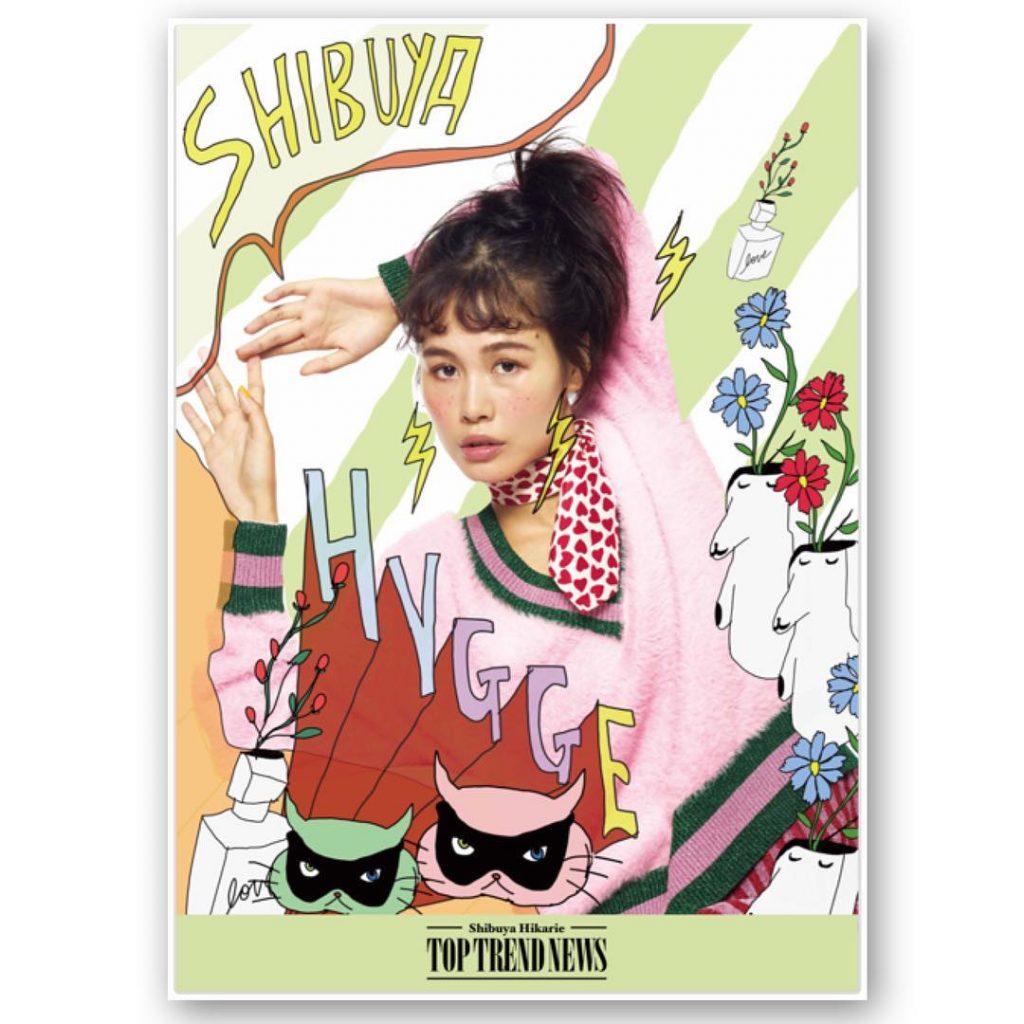
Toru Inagawa is, as far as I can remember, my biggest crush in the Japanese fashion scene.
I remember discovering in TUNE (a streetstyle magazine) in which he did appear a couple of times, with each of his looks being more incredible than the other.
Ironically enough, he NEVER displays expansive items or outrageous brands, but nonetheless is the best dressed Japanese male fashion personality in my opinion.
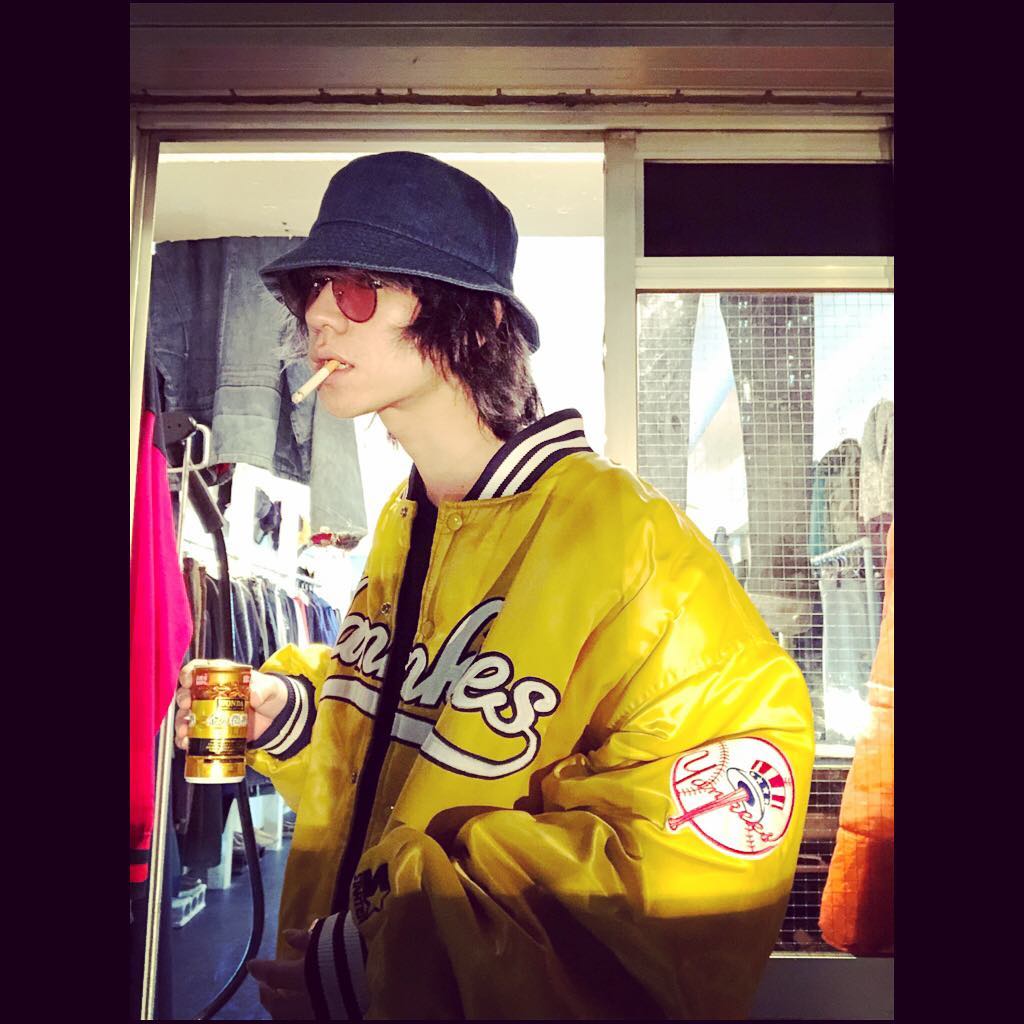
Now owner of his own second-hand shop Un Old Joke, Toru Inagawa provides with his shop old Americana vintage items, mostly for men, but which can actually suit any gender (and dare I say, size?) for anyone willing to pull out the whole cool hobo look
Regardless blatant issues and disparities, the Japanese street fashion scene seems to redesign itself. In the lack of being as exciting and thriving as it was 10-15 years ago, it still remains relevant in showcasing Japanese society now-ness.
With the advent of Reiwa era, let’s be hopeful to witness a significant upturn of event and cultural movement. It’s been long overdue.
Dear Arama readers, let’s engage in this conversation together.
Have you noticed new trends in the Japanese streets? Are you looking forward seeing any?
Any personalities you look up to to bring something new to the table?
Fell free to share your opinion on the comment section!
1 2
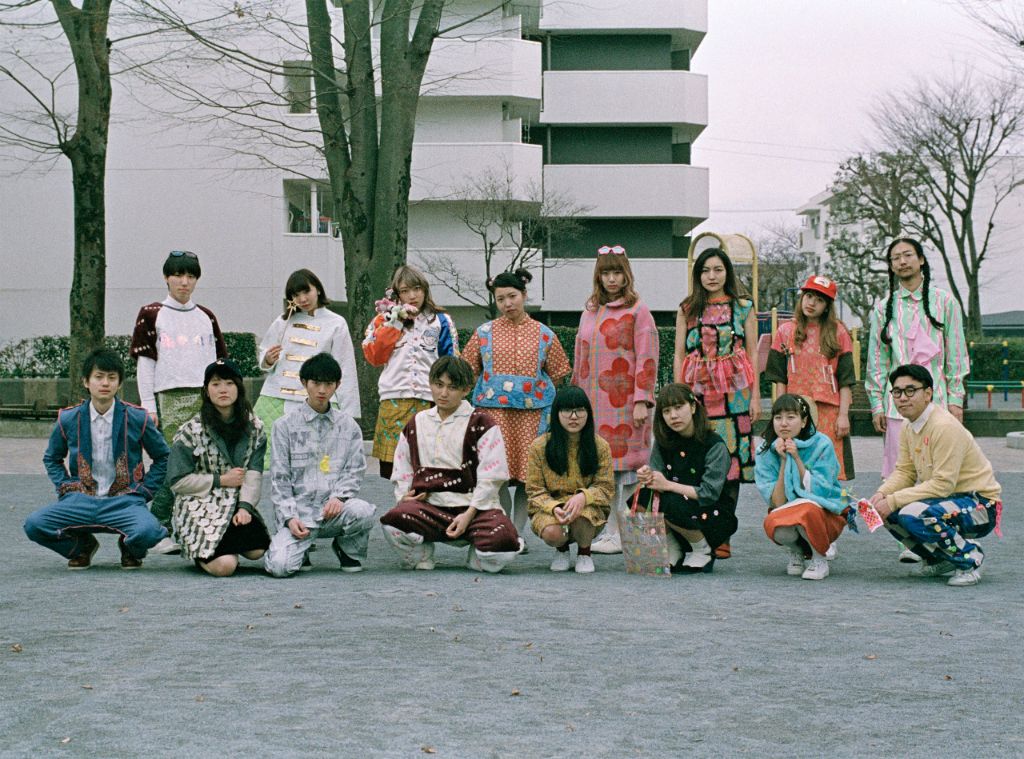
Comments